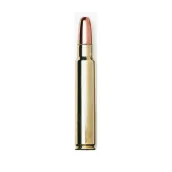.35 Remingtonvs.375 Winchester
Head to Head Comparison



0%
Critic Rating
0 Reviews
Critic Rating
2 Reviews

0%
User Rating
0 Reviews
User Rating
2 Reviews

0%
Critic Rating
0 Reviews
Critic Rating
2 Reviews

0%
User Rating
0 Reviews
User Rating
2 Reviews
Gun Specifications
Specification
.35 Remington
.375 Winchester
.35 Remington Best Deals
.375 Winchester Best Deals
Suggested Comparisons
vs
vs
vs
vs
vs
vs
vs
vs
vs